HOUSEPLANTS 101
Live plants can do wonders for you and your home. Indoor plants are not only decorative, they also help clean the environment and air around them. From succulents to blooming houseplants, learn everything you need to know to have your plants thriving in your home.
Incorporate Live Plants Into Your Home
Succulents:
These low maintenance plants are the perfect starter plants. Especially great for busy homeowners, they don’t require much watering or care and add a nice accent to any room in the house.
Humidity loving plants:
Bathroom plants can make any bathroom look cheery and bright. Place your flower pot on gravel, loose rocks or sand to trap moisture and keep your plants happy year-round.
Kitchen herbs:
Your kitchen and cooking will benefit from kitchen herbs! Place them on your windowsill and use them in your favorite dishes.
Hanging plants:
Hanging potted plants is a fun way to spice up your decor. Adding hanging baskets to an existing collection of houseplants creates a layered look, with plants from floor to ceiling.
The Best Indoor Houseplants
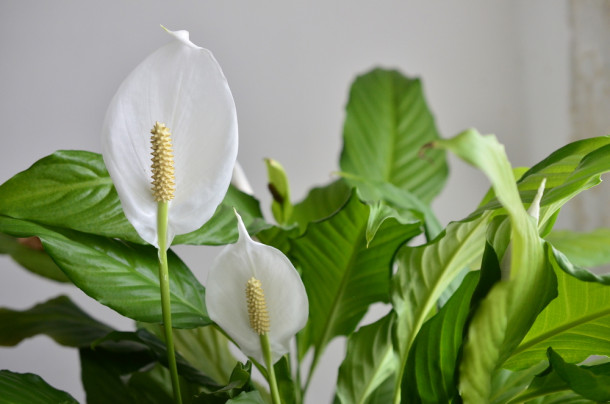
PEACE LILY
Peace Lily's purify the air, provide a calming ambiance, and even neutralize harmful indoor gases. These are perfect indoor plants because they flourish in dark areas, such as bathrooms, bedrooms, and offices.
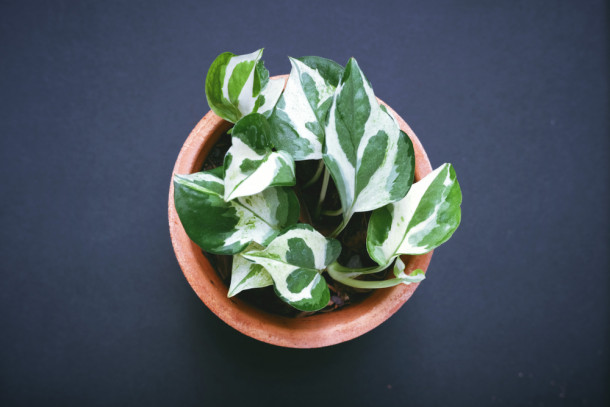
GOLDEN POTHOS
These are a household staple, especially if you find yourself looking at a screen all day. Other than purifying the air, they also prevent ocular hypertension. When you've had too much screen time, relax your eyes and take a break with the Golden Pothos.
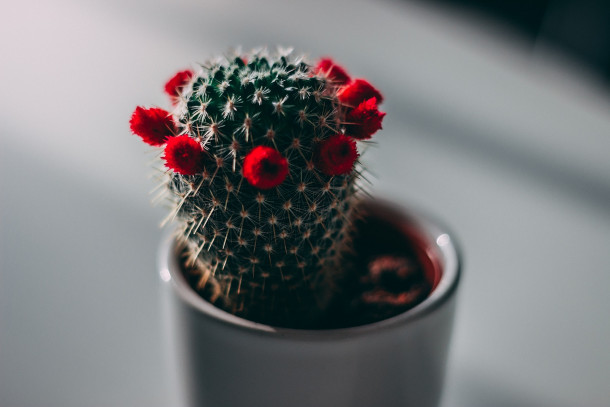
CACTI
Cacti are great indoor plants for those who can't seem to keep plants alive for long. Cacti don't require much care and grow all on their own. They require minimal watering, so keep these beauties out of your weekly watering routine!
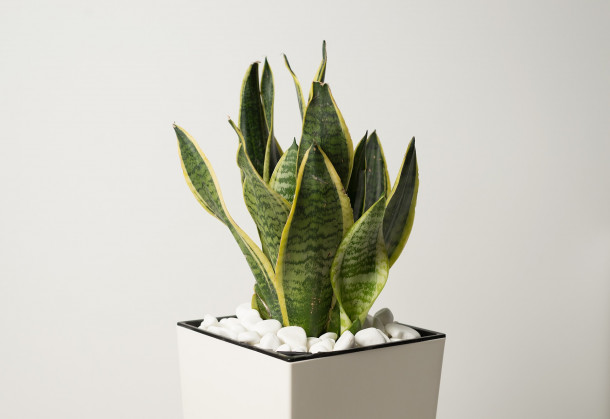
SNAKE PLANTS
Snake plants are vibrant and fun, and also require little maintenance. They thrive on indirect sunlight, and flourish with a single touch. The best approach when caring for snake plants is to drench and dry, which can extend their lives significantly. Another plus: these guys absorb benzene, xylene, toluene, and keep the system free of toxic fumes.
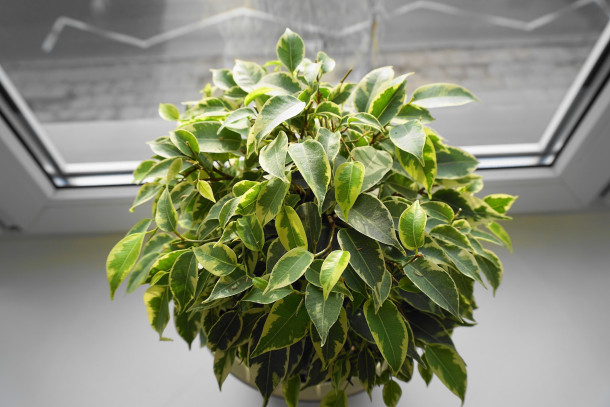
WEEPING FIG
Don't let the name throw you off. These plants are ones experts say must find a place in every household. They will help filter out hidden pollutants in common places such as carpets, curtains, furniture, sheets, etc. Weeping figs basically act as an air purifier.
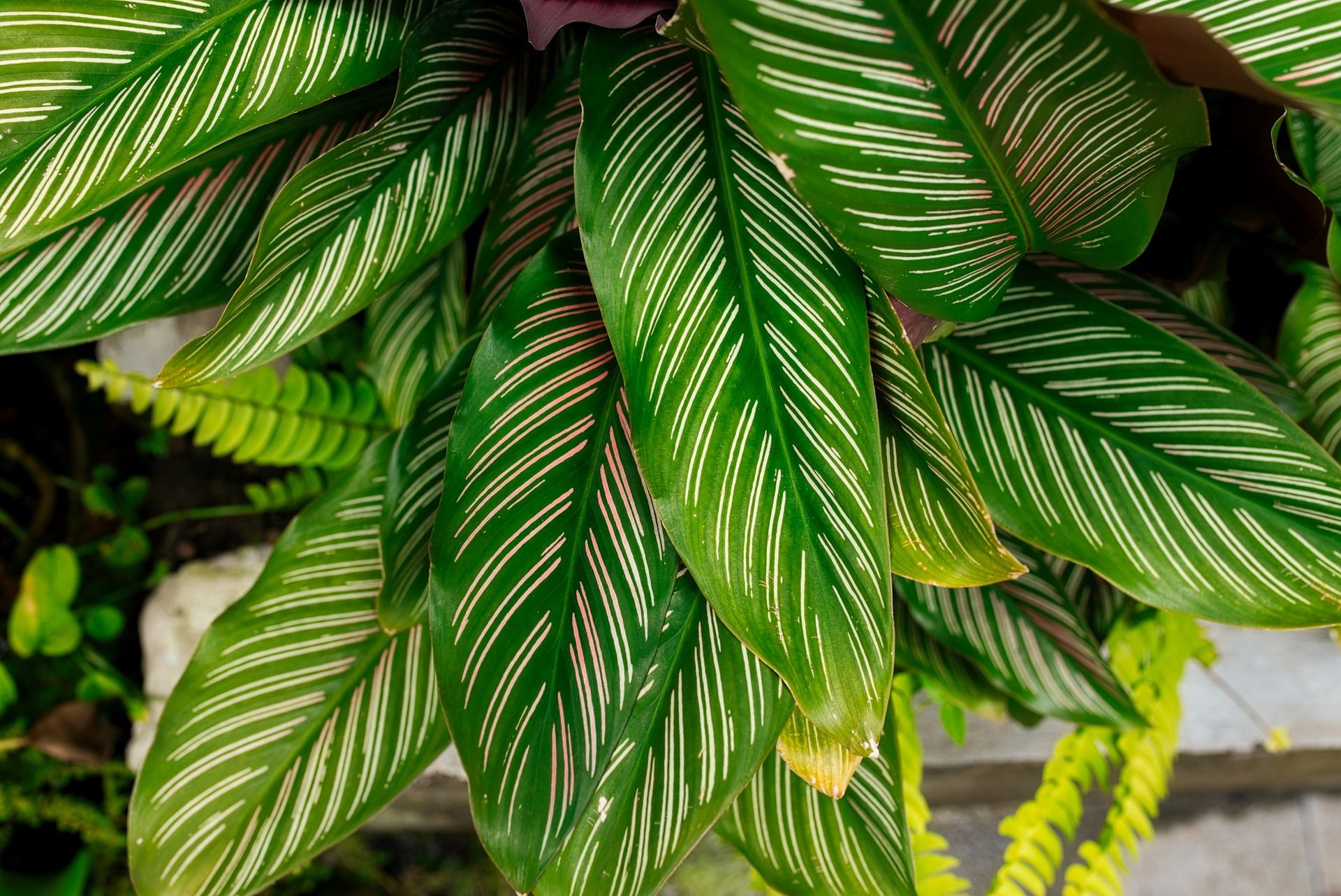.jpg?w=610)
CALATHEAS
These beauties not only provide colorful décor, but also facilitate a better indoor environment by purifying the air. Don't be alarmed when their leaves close at night, they'll open again in the morning!
How to Care for Indoor Plants
Once you’ve decided to grow houseplants, you’ll need to know how to care for them - especially as the seasons change, you’ll need to help your plants adapt to the climate inside your home.
Repotting
I bought a plant… how do I add it to my pot? Choose the right container and potting mix. The biggest plant killer is soggy soil. You must find a new pot that is only slightly bigger and has the proper drainage for excess water. Choose an all-purpose potting mix for most plants or a cactus mix for succulents that require excellent drainage.
Climate
In the fall and winter, you’re most likely turning the heat up in your home. This could be a problem for plants that favor humidity or cooler temperatures. Be sure to keep a close eye on the changing nature of the plant’s water consumption and what climate they prefer. If you notice your plant leaves turning yellow or develop brown patches, consider purchasing a humidifier and moving your plant to a warmer or cooler location.
Lighting
Along with drops in temperature, colder seasons also mean fewer hours of sunlight. If your plant requires direct or indirect sunlight to grow, consider placing plants in windowsills or purchasing a grow lamp if this isn’t enough.
Nutrients
Some plants need additional nutrients in the fall and winter in order to flourish. Not to worry, as this can easily be accomplished by repotting your plants with nutrient-rich soil, which releases nutrients over time. Some soil is specially formulated for indoor plants, which feature all the basic nutrients they will need to thrive inside your home.




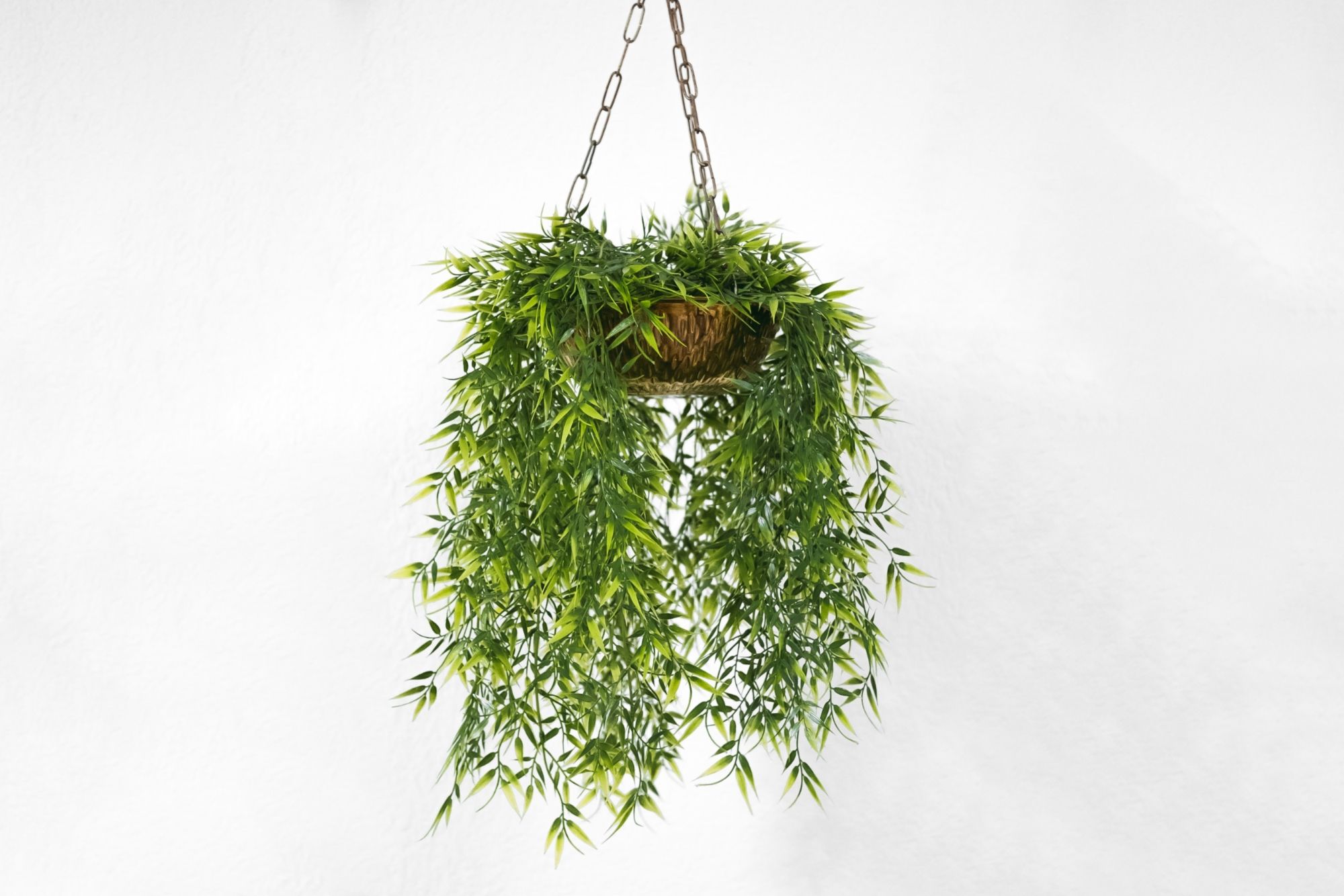
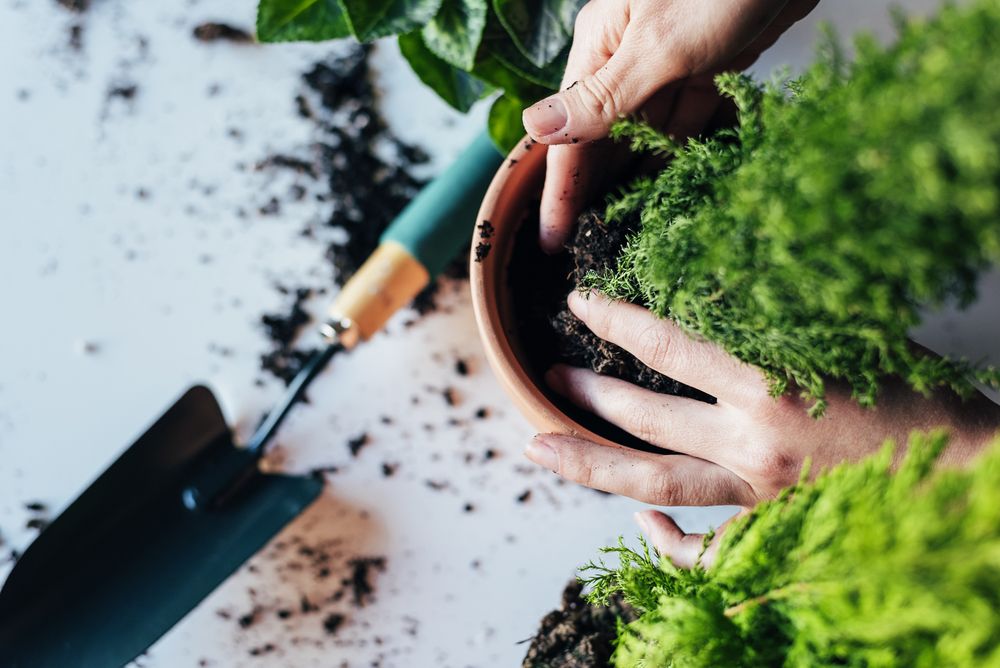.jpg)